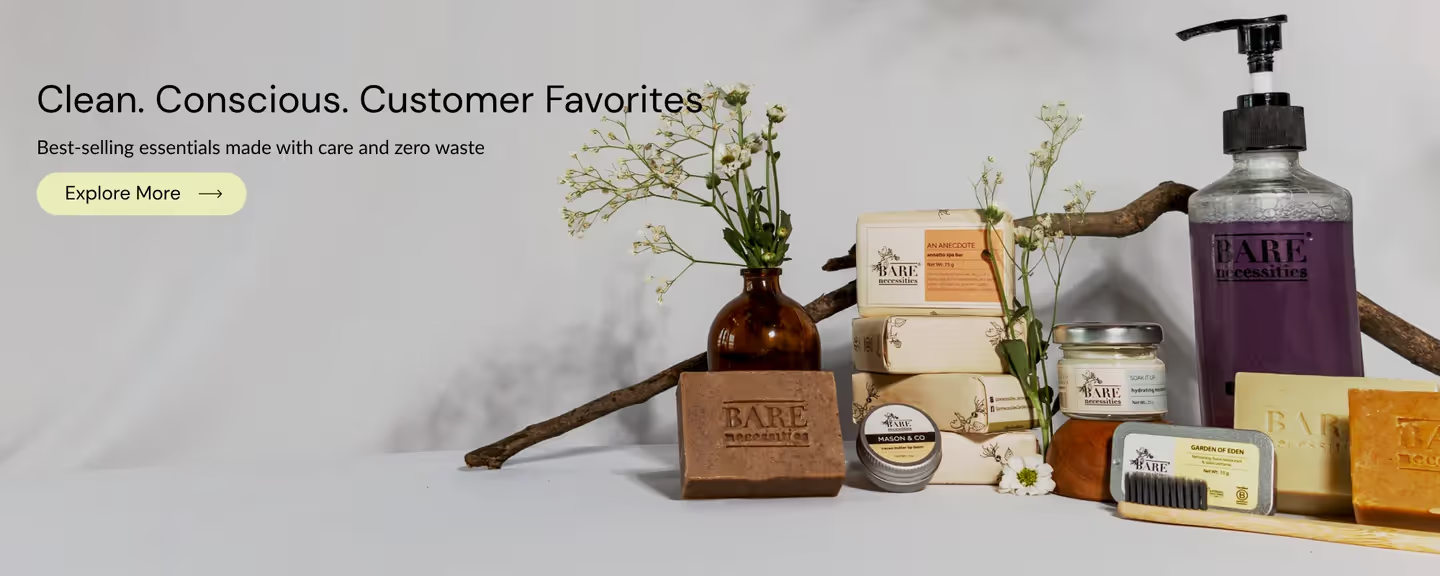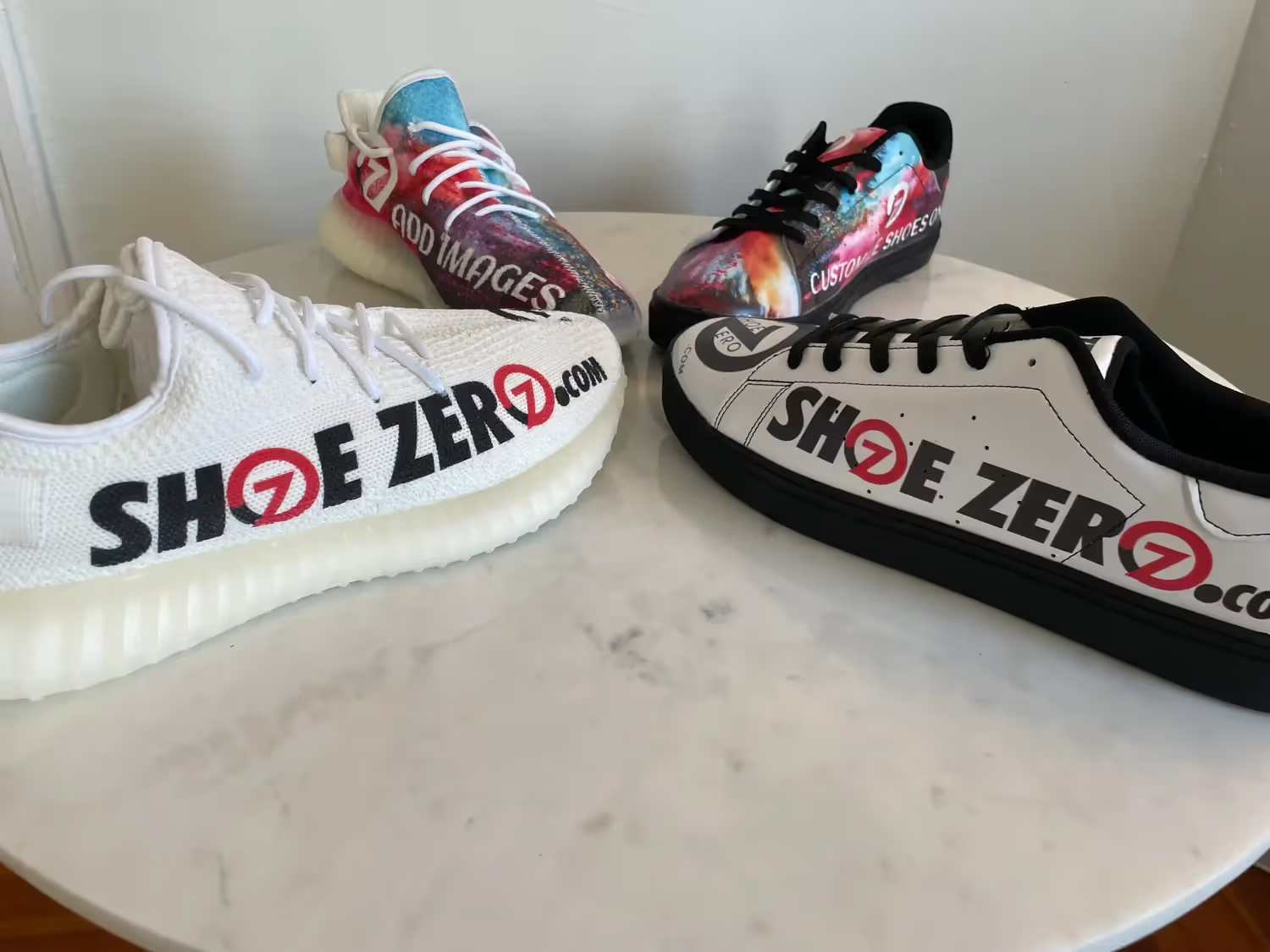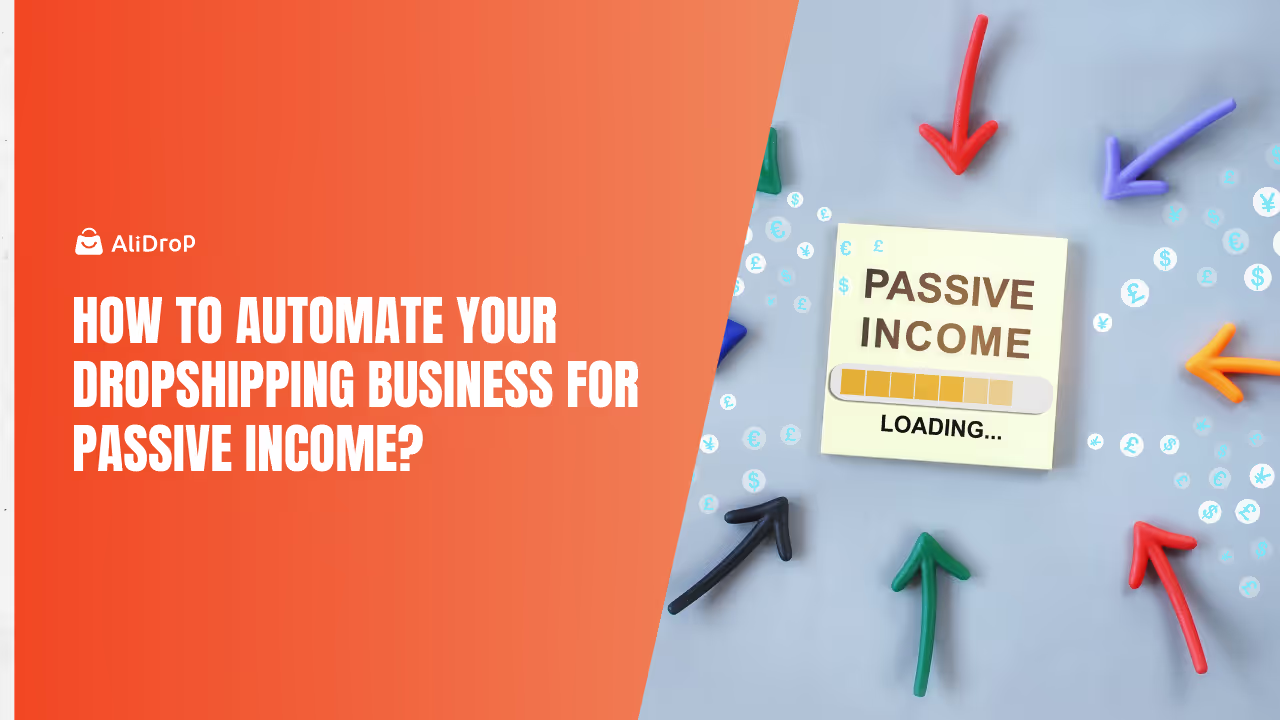Subscription offerings turn one-time buyers into loyal customers who pay you month after month. For dropshippers, a dropshipping subscription model means predictable income, better cash flow, and higher customer lifetime value. Rather than chasing new sales constantly, you build a base of subscribers who support your business sustainably.

Recurring revenue eCommerce is no longer just for digital products or SaaS—physical goods can thrive with the right strategy.
What Is a Dropshipping Subscription Model?
A dropshipping subscription model lets customers receive products at regular intervals—weekly, monthly, or quarterly—without reordering each time. Dropshippers partner with suppliers who fulfill these subscription orders automatically. Your store handles marketing, branding, and customer experience, while suppliers handle inventory and shipping.
This model contrasts with traditional dropshipping, where customers make one-off purchases. Subscriptions lock in revenue up front and spread acquisition costs across multiple deliveries, making each subscriber more profitable over time.
Key Components of a Successful Subscription Offer
A clear value proposition keeps subscribers committed. Offer convenience (e.g., auto-refill of essentials), exclusivity (limited-edition products), or curation (handpicked items each month). Pricing must deliver perceived savings or unique experiences to justify recurring charges.
Seamless fulfillment relies on reliable suppliers who can handle recurring orders without mistakes. Dropshipping platforms like AliDrop automate order forwarding and shipment tracking to ensure consistency.
Flexible subscription management—easy pause, skip, or cancel—builds trust and reduces churn. Customers appreciate control over their subscriptions and are more likely to stay long-term when they can adjust deliveries to fit their needs.
Why Recurring Revenue eCommerce Matters?
Predictable cash flow powers growth. Instead of relying on one-time orders, you know exactly how much revenue subscriptions will generate next month and the month after. This stability makes budgeting, inventory planning, and marketing investment far more reliable.
Customer lifetime value (CLV) increases dramatically. Subscribers often spend 3x–5x more over six months than one-time buyers because acquisition costs spread across multiple purchases. Higher CLV means you can afford to spend more on customer acquisition while still turning a profit.
Reduced churn lowers marketing pressure. Instead of constantly funneling new customers into your store, you focus on retaining subscribers. Retention strategies prove more cost-effective than acquisition efforts, improving overall profitability.
Subscription Economy Industry Growth and Trends
Subscription commerce has grown 25% annually across all retail categories. In niche segments like beauty, health, and pet supplies, subscription revenue already accounts for 10–20% of total sales. Consumers love convenience and personalization, driving ongoing subscription adoption.
Seasonal spikes smooth out with subscriptions. Holiday gift box subscriptions, quarterly seasonal collections, and monthly essentials ensure steady revenue even in traditionally slow periods.
The subscription economy has grown by 435% over the last decade and will reach a market size of USD 1.5 trillion by 2025. According to Subscription Service Statistics and Costs, the average consumer spends $133 a month on subscriptions which is equal to a whopping $1,600 a year!
As more people opt for flexibility, we're going to see a rise in demand for subscription services related to glasses, electronic gadgets, clothing and fashion. Furlenco is a company that rents out their furniture to customers on a monthly basis. They can swap furnishings and upgrade or modify their subscription later.
There are brands that are focusing on usership instead of ownership which is a key trend we are noticing in 2025. We will also see more companies offering subscriptions as a part of a purchasing strategy for customers who can't afford single downpayments. So subscriptions can help consumers buy what they want more affordably.
Examples of Dropshipping Subscription Models
Seeing real-world implementations helps you choose the right approach for your store and niche.
Essentials Refill Subscriptions

Offering routine replenishment for consumables—like coffee, skincare essentials, or pet supplies—drives high retention. Customers enroll once and receive shipments automatically, reducing their effort and keeping your store top of mind.
A coffee dropshipper can offer monthly 12-bag shipments at a 15% discount versus one-off orders. Subscribers save time and money, while the store gains predictable orders and higher margins on bulk purchases.
Curated Themed Boxes

Themed boxes—beauty samples, snack assortments, or hobby kits—serve unique interests and surprise customers. Monthly curation keeps subscribers engaged and eager for the “unboxing” experience.
A beauty dropshipper can curate 5–7 deluxe samples each month at a $25 price point. Subscribers discover new brands, driving trial and full-size purchases beyond the box revenue. Churn remains low (15%) thanks to exclusive items and educational guides.
Limited-Edition Collections

Quarterly or seasonal collections featuring limited-edition products tap into scarcity and exclusivity. Perfect for fashion accessories, home decor accents, or collector’s items.
A store can offer seasonal decor boxes each quarter at $50. Subscribers get exclusive items unavailable elsewhere. Churn will remain moderate (20%) due to perceived exclusivity and constant fresh designs.
How to Launch Your Dropshipping Subscription Model
A step-by-step guide ensures you cover all critical aspects of launching a successful subscription model.
Step 1: Choose Your Niche and Value Proposition
Identify markets with recurring needs—health supplements, grooming products, or hobby supplies. Define why customers subscribe: convenience, savings, exclusivity, or curation. This clarity guides your product selection and marketing messages.
Step 2: Source Reliable Suppliers
Partner with suppliers offering consistent quality and subscription-friendly fulfillment. Platforms should support sourcing with automated order forwarding and inventory syncing. Look for custom branding options to reinforce your brand on every delivery.
Step 3: Set Up Subscription Infrastructure
Integrate subscription management apps with your e-commerce platform. Ensure customers can pause, skip, and cancel subscriptions easily. Automate recurring billing and shipment scheduling to minimize manual work.
Step 4: Price for Perceived Value
Calculate costs—including product, shipping, platform fees, and marketing—to ensure profitable margins. Then set a price that offers clear savings or unique value compared to one-time purchases. Test pricing tiers (e.g., basic vs. premium boxes) to optimize conversion and retention.
Step 5: Launch and Promote
Use email, social media, and paid ads to announce your subscription. Offer limited-time discounts or exclusive perks for early adopters. Feature testimonials and unboxing videos to build trust and excitement.
Step 6: Monitor and Optimize
Track key metrics—subscriber count, churn rate, lifetime value, and profitability—through dropshipping analytics dashboards. Use this data to refine your offerings, pricing, and marketing. Test new curation themes, pricing promotions, and retention campaigns to find what sticks.
Tools and Apps to Support Subscription Dropshipping
Technology makes subscription management and customer communication seamless, allowing you to focus on growth.
Subscription Management Platforms
Apps like Recharge and Bold Subscriptions integrate with Shopify and WooCommerce, handling billing, shipment scheduling, and customer portal functions. They ensure compliance with recurring payment regulations and provide retention analytics.
Customer Engagement Tools
Email marketing platforms like Klaviyo automate lifecycle campaigns—welcome sequences, replenishment reminders, and win-back offers. SMS tools like Postscript deliver timely updates and exclusive offers to boost engagement.
Dropshipping Automation Solutions
AliDrop offers 1-click product import, order automation, and real-time inventory syncing for AliExpress, Alibaba, and Temu sourcing. Custom branding options let you include personalized packaging and branded invoices, reinforcing your subscription brand’s identity.
How to Reduce Churn and Boost Retention
Lowering churn is critical for recurring revenue eCommerce success. These tactics help keep subscribers engaged and committed:
- Offer easy subscription management—pause, skip, and cancel controls
- Provide consistent surprises—new items or exclusive perks each cycle
- Create community—private groups, subscriber-only content, or referral incentives
- Solicit feedback—post-delivery surveys to improve curation and address issues
- Personalize communications—use purchase history to tailor product recommendations and offers
Tracking the right metrics ensures you know which areas drive growth and which need improvement.
Key Metrics to Monitor
- Lifetime Value (LTV): Total revenue per subscriber over their lifecycle
- Churn Rate: Percentage of subscribers canceling per period
- Average Order Value (AOV): Revenue per subscription delivery
- Acquisition Cost: Spend to acquire each subscriber
- Revenue Per Click (RPC): Performance of subscription-focused ad campaigns
Analyze these metrics monthly and quarterly. High LTV to acquisition cost ratios (>3:1) indicate sustainable models. Churn rates below 10% for consumables and below 20% for curated boxes suggest strong offerings.
Subscription Models by Industry
Subscription success varies by niche. Tailor your approach to industry norms.
Health and Wellness
High repeat purchase rates for supplements and personal care items. Consumers value convenience and health routines—churn as low as 5–10%. Subscription models are also popular for meal programs. Many customers want healthy and balanced nutrition delivered to their doorsteps due to busy schedules, on a monthly basis.
Beauty and Grooming
Try-before-you-buy models excel. Subscribers seek new trends—churn around 15% but high LTV offsets losses. Beauty and grooming is important because hygiene is a part of our everyday lives. It makes sense to offer subscription-based services in this niche. You can also offer salon and spa packages at discounted rates.
Pet Supplies
Food, treats, and accessories create predictable demand. Churn under 10% with proper curation and flexible delivery options. Pet supply subscriptions are hugely popular among customers. Woofbox is a great example of a brand that’s doing this right. They offer dog subscription boxes at delightful prices.
Hobbies and Crafts
Quarterly or monthly kits appeal to enthusiasts. Churn around 20% but high price points yield strong margins. Cratejoy offers monthly hobby subscription boxes to spark creativity. They contain everything from sketchbooks to jewelry making and dog treat baking kits.
Overcoming Common Subscription Challenges
Subscription models face unique hurdles—so address them proactively:
Managing Inventory and Fulfillment
Forecast demand accurately using historical subscription data. Maintain safety stock with reliable suppliers. Automate order forwarding and tracking to minimize delays.
Balancing Product Consistency and Surprise
Subscribers want familiar favorites but also look forward to new items. Alternate core items with rotating selections to maintain interest without losing trust.
Handling Billing Issues
Clear communication about billing dates and amounts reduces chargebacks. Offer reminders before billing cycles and streamline payment updates for declined cards.
Conclusion
Subscription models in dropshipping unlock recurring revenue eCommerce advantages by providing predictable cash flow, higher lifetime values, and lower marketing costs. With the right niche, reliable suppliers, and effective subscription management tools, you can turn occasional buyers into loyal subscribers. Focus on delivering consistent value, engaging customers, and optimizing churn to build a sustainable, growth-focused business.
Dropshipping Subscription Model FAQs
What products work best for a dropshipping subscription model?
Consumable products like supplements, beauty essentials, and pet supplies suit subscription models due to recurring needs. Curated hobby kits and limited-edition collections also perform well by offering exclusivity and ongoing surprises. The key is consistent demand and perceived value that justifies recurring charges.
How do I price a subscription box for dropshipping?
Calculate total costs—product, shipping, platform fees, and marketing—then add a margin of 30–50%. Offer clear savings versus one-time purchases or add exclusive perks to increase perceived value. Test multiple pricing tiers and monitor subscriber acquisition and churn to find optimal pricing.
How can I reduce churn in dropshipping subscription businesses?
Offer flexible subscription controls—pause, skip, and cancel—to build trust. Deliver consistent surprises with curated items or exclusive perks. Engage subscribers with educational content and community features. Solicit feedback regularly to address issues before they lead to cancellations.
Which tools automate dropshipping subscription management?
Subscription apps like Recharge and Bold Subscriptions integrate with major e-commerce platforms to handle billing, order schedules, and customer portals. AliDrop automates order fulfillment for AliExpress, Alibaba, and Temu sourcing while supporting custom branding to reinforce your subscription store’s identity.
How much revenue can a dropshipping subscription model generate?
Successful subscription models can generate 30–50% of total store revenue through recurring orders. Subscribers often spend 3–5x more over six months than one-time buyers. With proper pricing, retention strategies, and product selection, subscriptions can become the primary revenue driver for dropshipping stores.
What is the ideal churn rate for dropshipping subscription businesses?
Ideal churn rates vary by niche. Consumable subscriptions target churn below 10%, while curated or seasonal boxes see churn around 20%. Lowering churn requires delivering consistent value, engaging communications, and flexible subscription controls that meet customer needs.























